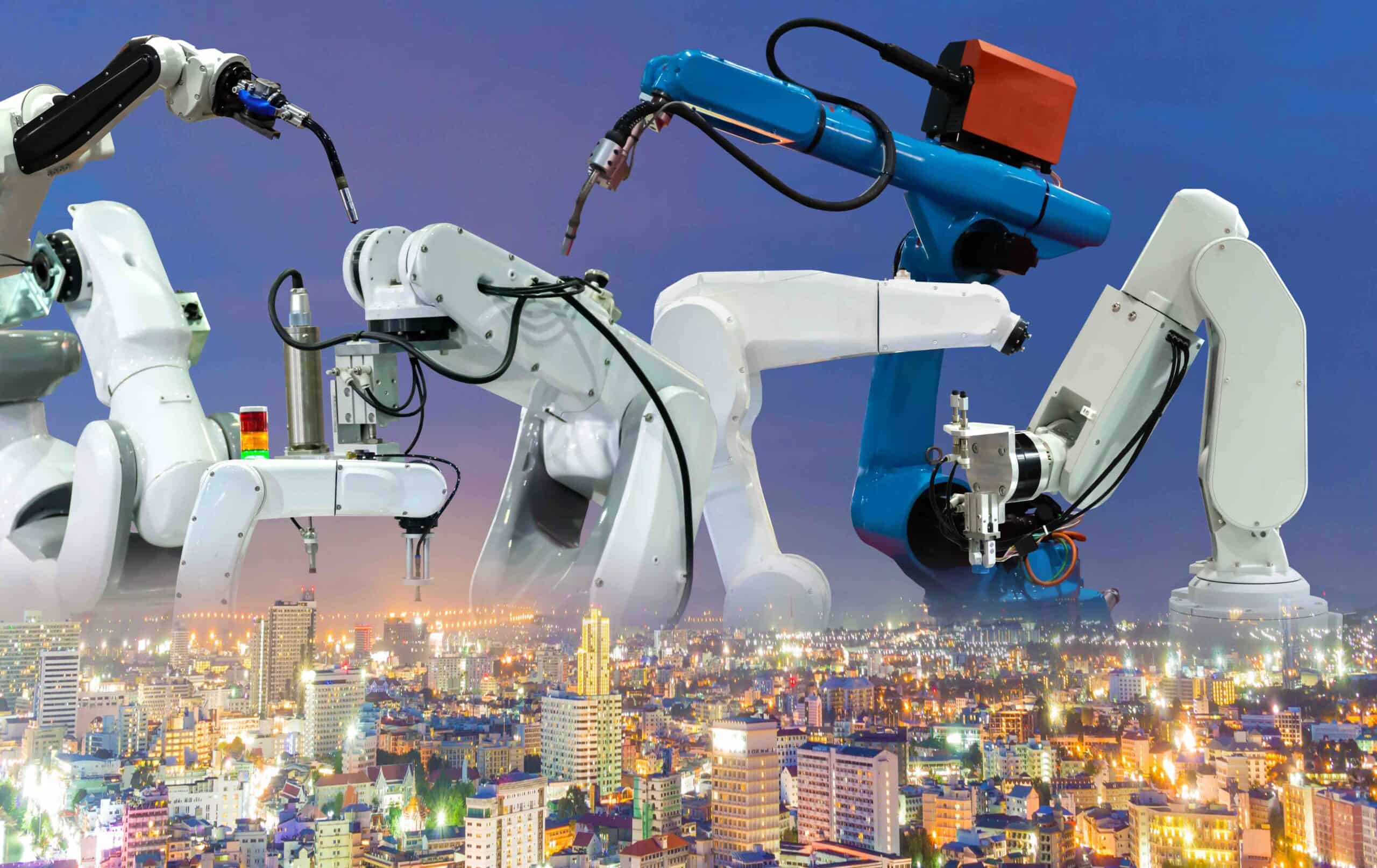The incorporation of robotics is bringing about a revolution in the construction industry. From drones outlining destinations to independent vehicles shipping materials, robots are changing the way that activities are arranged and executed.

In addition to increasing productivity, these innovations promise to make workplaces safer and address labor shortages. As we dig further, find how these cutting-edge innovations reshape development, making it more intelligent and useful.
Drones in Development and Changings
Drones, or automated airborne vehicles (UAVs), are quickly becoming fundamental devices in the development business. Various aspects of construction projects are being revolutionized by their capacity to efficiently collect detailed data and provide aerial perspectives.
Mapping and Site Surveys
Site mapping and surveying are two of the primary applications for drones in construction. Drones can quickly capture aerial images and produce detailed 3D maps of construction sites thanks to their advanced sensors and high-resolution cameras. These guides help in precise site evaluations, arranging, and configuration, decreasing the time and cost related to conventional studying techniques.
Progress Observing
Additionally, construction projects are monitored with drones. Project managers can keep track of progress in real-time by taking pictures and videos of the site during regular drone flights. This capacity distinguishes potential issues early, guaranteeing that activities stay on time and inside the financial plan. Additionally, these visual records enhance transparency and communication by providing clients and stakeholders with useful documentation.
Examination and Quality Control
Examinations are a basic part of development to guarantee quality and security. Drones can get into places that are hard to reach, like tight spaces or tall buildings, which could be dangerous or take a long time for human inspectors. By catching high-goal pictures and recordings, drones work with exhaustive assessments, recognizing deformities or potential risks that need consideration. This makes the whole process of quality control better, which makes structures safer and more reliable.
Wellbeing and Hazard
The executives Involving drones for different errands fundamentally improve wellbeing on building destinations. By performing flying examinations and studies, drones decrease the requirement for laborers to work in risky circumstances, like climbing platforms or working at extraordinary levels. As a result, accidents and injuries are less likely to occur, making the workplace safer. Also, robots can rapidly evaluate harm after catastrophic events or mishaps, supporting quick and informed decision-production for risk the executives.
Effective Use of Resources
Drones assist with upgrading assets on the board by giving exact information on material use and site conditions. With definite ethereal symbolism, project chiefs can screen the accessibility and area of materials, hardware, and staff. This real-time data helps to allocate resources more effectively, cut down on waste, and ensure that the project runs smoothly.
Impact Assessment on the Environment
In construction, environmental considerations are becoming increasingly important. By collecting information about the ecosystems in the area, drones can help determine how construction projects affect the environment. This data helps in settling on informed choices to limit adverse consequences on the climate, guaranteeing that development rehearses are practical and consistent with guidelines.
On-site robotic laborers
The introduction of robotic laborers is causing a paradigm shift in the construction industry. These robots, intended to play out different errands generally finished by human specialists, are improving efficiency, accuracy, and well-being in building locales.
Varieties of Robotic Workers
There are several different kinds of robotic laborers used in construction, each of which is made for a specific job.
Bricklaying Robots: These robots, like the SAM (Semi-Computerized Artisan), are equipped for laying blocks with speed and exactness. They can work all day without getting tired, making masonry work take less time and ensuring consistent quality.
Concrete Robots: Concrete robots pour and smooth concrete. They guarantee uniform conveyance and wrap-up, working on the primary honesty and feel of the eventual outcome. The Hadrian X robot, for instance, can construct a house’s structural walls in a matter of days.
Destruction Robots: Destruction robots are utilized to destroy structures securely and effectively. Because they can be controlled from a distance, these robots pose fewer risks to human workers. They have powerful tools that can break down concrete and other materials, which makes demolition more efficient and safer.
Exoskeletons: Wearable mechanical exoskeletons help development laborers by increasing their solidarity and diminishing actual strain. These gadgets help in lifting weighty materials and performing redundant assignments, in this manner expanding efficiency and lessening the gamble of wounds.
Benefits of Using Robots to Work
Construction sites gain several advantages from the use of robot laborers:
Improved Accuracy and Quality: Robots perform undertakings with high accuracy, guaranteeing predictable quality. This makes it less likely that mistakes will be made and that additional work will be needed, which ultimately results in better outcomes for the project as a whole.
Increased Productivity: The speed of construction is significantly sped up because robots can work continuously without taking breaks. They can likewise perform assignments quicker than human specialists, further helping efficiency.
Improved Safety: Robotic laborers reduce the risk to human workers by taking on dangerous tasks like demolition and working at heights. Worker safety is further enhanced by remote operation capabilities, which enable workers to avoid risky areas.
Cost Effectiveness: Albeit the underlying interest in automated workers can be high, the drawn-out reserve funds are significant. Construction projects save money overall because robots save money on labor, reduce waste, and boost efficiency.
Tending to Work Deficiencies: The development business frequently faces work deficiencies, especially for truly requesting or dull assignments. This gap is filled by robot laborers, who guarantee that projects won’t be held up by a lack of skilled workers.
Difficulties and Contemplations
While robotic laborers offer a lot of advantages, there are also issues and things to think about:
High Initial Costs: The acquisition and upkeep of robotic laborers can be costly. Businesses need to look at financing options and evaluate the return on investment over the long term.
Training and Integration: Training for the human workforce is needed to incorporate robotic laborers into existing workflows. Laborers need to figure out how to work and associate with robots.
Reliability and Maintenance: For robotic laborers to be reliable and long-lasting, regular maintenance is essential. Companies must develop maintenance procedures and promptly address potential technical issues.
Safety and regulatory requirements: The use of robotic laborers must abide by industry regulations and safety requirements. Companies must keep up with regulatory requirements and ensure that robots are utilized ethically and safely.
Conclusion
In terms of innovation, safety, and efficiency, the incorporation of robotics into the construction industry represents a significant advancement.
From drones giving point-by-point site reviews to automated workers executing exact assignments, these advancements are reshaping the way that development projects are arranged and executed. By tending to work deficiencies, upgrading efficiency, and guaranteeing better expectations of value and security, robots are devices as well as groundbreaking specialists in the business.
The future of construction promises to be smarter, safer, and more efficient as we continue to embrace these advancements, propelling progress and establishing new standards for what is possible.

